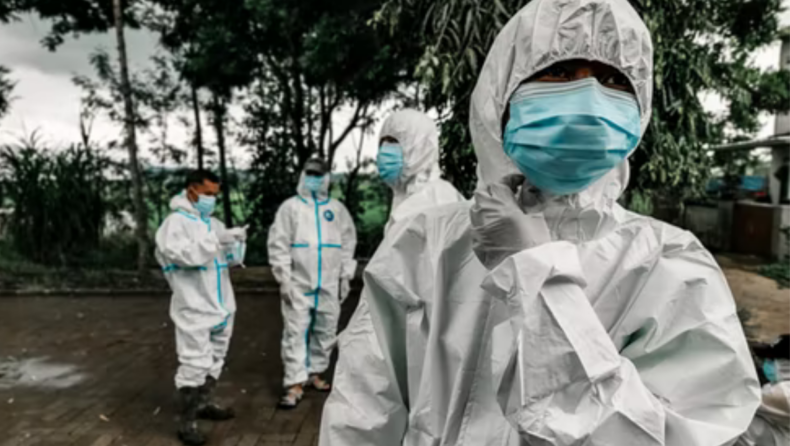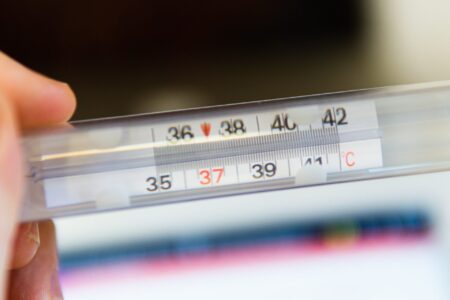The World Health Organization has announced that a new coronavirus booster dose may be recommended for 2022 if the data collected from other countries looks promising. This is said to be in response to the recent health scare of a young girl who contracted the coronavirus from her mother.Scientists are currently analyzing the data from this incident, and if it warrants, it’ll be recommended that children under 12 years old receive a booster vaccine in 2022.
The WHO states that most countries recommended the same vaccine for children between 12-59 months old. It was unclear when vaccines for adults over 60 years old will be available, however.
The government announced on Friday that coronavirus booster doses will be given to all adults starting on Sunday at private immunization centers.
The directive means that, unlike the booster doses for healthcare workers, frontline employees, and those over 60, most adults will have to pay for the third jab.
“Ongoing free vaccination programmes through government vaccination centers for first and second dose as well as Precaution Dose to Healthcare Workers, Frontline Workers and 60+ population would continue and would be accelerated,” a government statement said.
About 96 per cent of the 15 and above population in the country have received at least one COVID-19 vaccine dose while about 83 percent has received both doses, it added.
The suggestion by the WHO is supported by the U.S Centers for Disease Control and Prevention, which also recommends the booster dose.
The CDC explains: “Children who did not receive the first dose before 12 months of age should receive the second dose 1 year later.
Children who received the first dose between 12 months and 23 months of age should receive the second dose 6 months later.
Children who received their first dose at 24 or 55 months of age may be vaccinated on or after their fourth birthday and six weeks later.”
Medical research suggests that coronavirus may be on the rise once again in some parts of Asia, and it may start spreading soon in India or other countries where infection rates are already high.
It is difficult to predict the precise timing and location of coronavirus outbreaks, but if they follow a similar pattern to previous waves you could be at risk of infection in 2022.
The fourth wave of coronavirus might be knocking at the door, and this makes it extremely essential to take precautions and learn from previous mistakes.
-
First wave symptoms
During the first wave of infections, infected patients displayed common symptoms such as a cold, fever, headache, weakness, tiredness, and a lack of appetite.
The loss of taste and smell had sort of become a sign to realise that one has contracted Covid before even taking the test.
-
Second wave symptoms
Body soreness, back pain, headache, fever, cough, loss of smell and taste, tingling feeling in fingers and toes, dyspnea, chest pain, weariness, and weakness characterised the second wave, which was led by the Delta variety. Unlike the first wave, this time there were more young people impacted.
-
Third wave symptoms
During this wave, sore throats, headaches, muscle aches, abdominal pain, diarrhoea, nausea, fever, cough, and severe weakness were all common symptoms.
The third wave of the virus had ebbed in the country in March and while the chances of avoiding another surge seem unavoidable, the only thing we can do to protect ourselves is to stay vigilant, remain prepared and understand the symptoms.
Published By :- Shubham Agarwal












